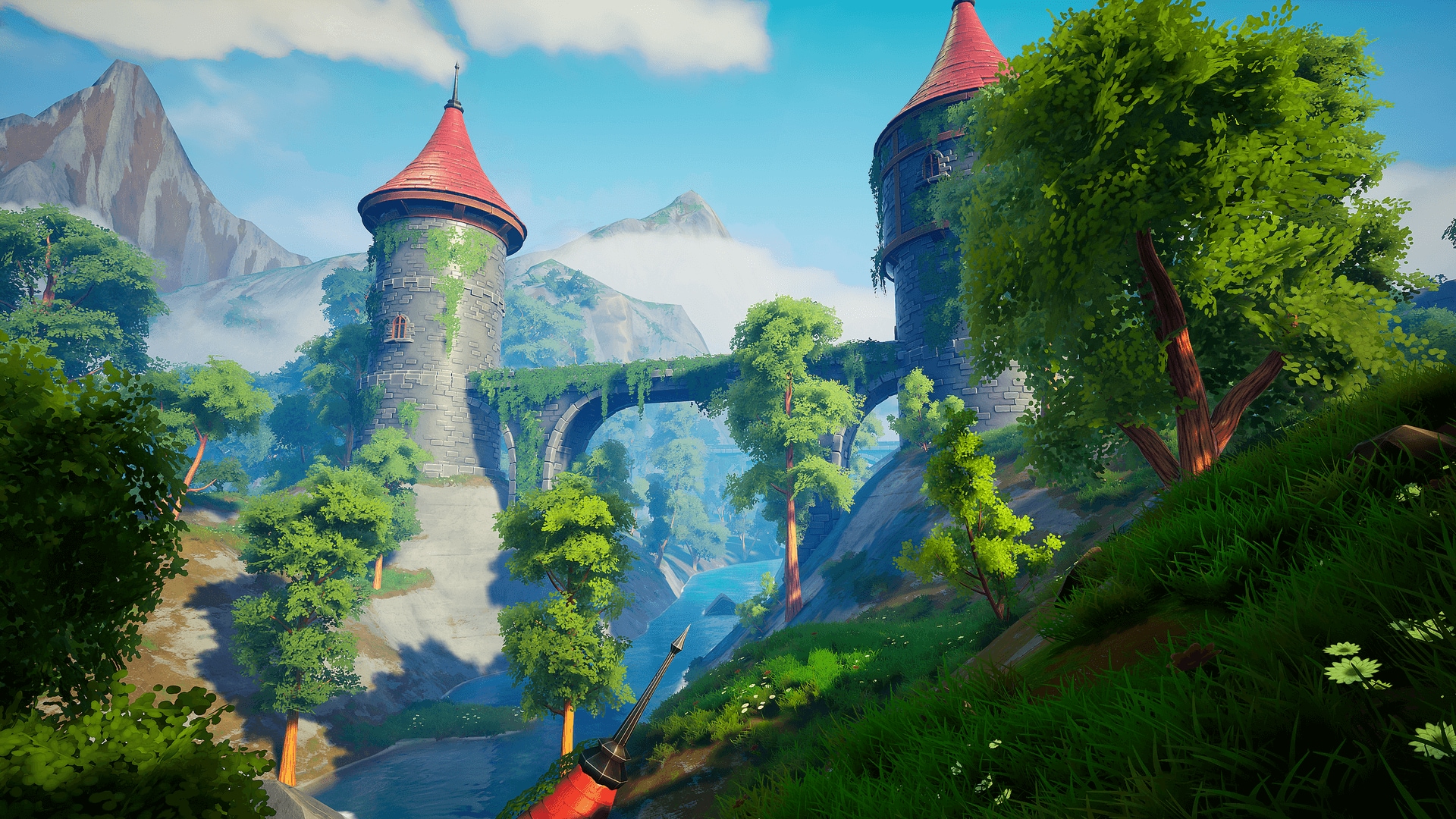The Power of Free 3D Models and Textures in Digital Design
2 years ago
In the expansive realm of digital design, 3D modeling, and texturing stand as pivotal components that drive the visual success of various projects, ranging from video games to animated films and virtual reality experiences. The availability of free 3D models and textures has transformed the landscape, democratizing access to high-quality resources that were once the preserve of well-funded projects and large studios. This blog explores the impact of these resources, delving into their benefits, potential applications, and the vibrant communities that support and enhance them.
The Role of 3D Models and Textures in Digital Media
3D models are the backbone of digital environments, providing the structural framework that brings virtual worlds to life. Textures, on the other hand, are the intricate details painted over these models to give them color, depth, and realism. Whether it’s the rust on a dystopian cityscape or the lush greens of a fantasy forest, textures help convey a sense of authenticity and immersion that is crucial in digital media.
Benefits of Using Free 3D Models and Textures
Cost Efficiency: The most apparent benefit of using free assets is cost reduction. Developing a 3D model from scratch involves considerable time and skill, often requiring the expertise of experienced modelers and textures. Free resources eliminate the need for initial investments, making it feasible for independent creators and small teams to undertake ambitious projects without the burden of significant upfront costs. You can also see the list of the most downloaded textures.
Time Savings: Time is a critical factor in project development, especially in industries like gaming and film where deadlines are tight and time-to-market can be crucial. Free 3D models and textures can drastically reduce the time needed for asset creation, allowing designers and developers to focus on other critical aspects of their projects, such as gameplay mechanics or narrative development.
Learning and Experimentation: For newcomers and professionals alike, free assets provide an invaluable learning tool. They allow designers to dissect and study high-quality models and textures, understanding the techniques and workflows used to create them. This openness fosters a learning environment where skills can be honed and applied to other projects.
Challenges and Considerations
While free 3D models and textures offer numerous advantages, there are challenges and ethical considerations to navigate:
Quality and Consistency: Free assets can vary widely in quality, and finding models that fit the specific needs of a project without adjustment can be challenging. Additionally, mixing assets from different sources may lead to inconsistencies in style and quality, potentially compromising the overall aesthetic of a project.
Licensing and Usage Rights: Free does not always mean a free-for-all. It’s crucial to understand the licensing terms associated with each asset. Some may be free for personal use but require a license for commercial projects. Others may need proper attribution to the creator or have restrictions on modifications.
Overreliance and Originality: Relying heavily on pre-made assets can stifle creativity and result in generic designs. It’s essential for creators to infuse unique elements and personalize assets to stand out.
Popular Platforms for Free 3D Models and Textures
Numerous platforms offer high-quality free 3D models and 3D texturing. Here are a few notable ones:
Blender Swap: Dedicated to the Blender community, this platform allows users to share and download models made by fellow Blender enthusiasts.
Sketchfab: Offers a range of free and purchasable models, and it's particularly valued for its interactive 3D viewing capabilities.
TurboSquid: While known for premium models, TurboSquid also offers free assets that can be a boon for budget-conscious projects.
ShareTextures: A site that provides free PBR (Physically Based Rendering) textures, which are particularly useful for realistic rendering projects.

Real-World Applications
- Video Games: Independent game developers extensively use free 3D models and textures to bring their imaginative worlds to life without incurring massive production costs.
- Animation: 3D animation studios and animators use free assets to populate scenes in short films or commercials, significantly reducing the time and cost associated with custom creations.
- Architectural Visualization: Architects and visualizers utilize free models to quickly mock up environments and interiors, allowing them to focus more on design elements and client needs.
- Education: Educators in art and design fields incorporate free models into their curriculum, providing students with hands-on experience in 3D modeling and 3D texturing without the need for extensive resources.
The availability of free 3D models and textures is more than just a convenience; it's a transformative element that broadens participation in digital creation, enhances educational opportunities, and fosters innovation across various media. By wisely utilizing these resources, creators not only enhance their own capabilities but also contribute to a culture of sharing and collaboration in the digital design community. As the landscape of 3D assets continues to grow, the potential for creative exploration and professional growth does too, promising an exciting future for designers, developers,